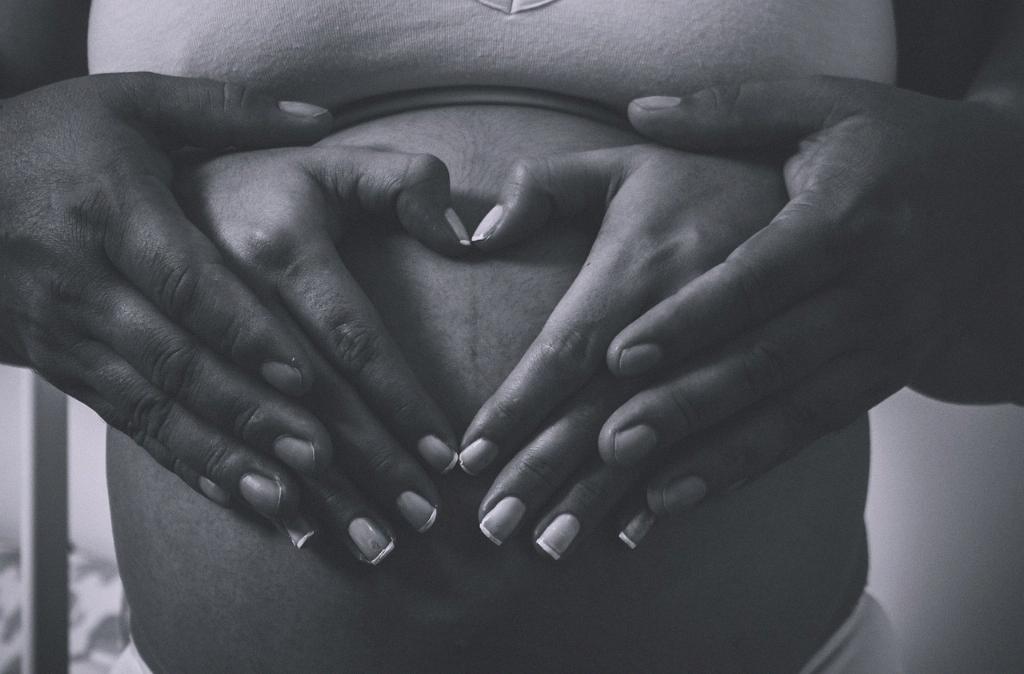After giving birth, many individuals experience changes in the size and shape of their breasts. It is common for breasts to shrink and increase in sagging due to the effects of pregnancy and breastfeeding. While these changes are natural and may not be entirely preventable, there are steps you can take to help maintain the health and appearance of your breasts postpartum.
One way to prevent breast shrinkage after pregnancy is to avoid drastic weight fluctuations. Sudden weight gain or loss can impact the elasticity of the skin around the breasts, leading to sagging and a reduction in size. By maintaining a healthy weight through a balanced diet and regular exercise, you can help support the overall health of your breasts.
Exercise plays a crucial role in preventing breast shrinkage post-pregnancy. Specifically, focusing on exercises that target the chest muscles can help improve strength and firmness in the breast area. Incorporating exercises such as push-ups, chest presses, and chest flys into your workout routine can help maintain the muscle tone in your breasts.
In addition to exercise, improving your posture can also contribute to preventing breast shrinkage. Poor posture can lead to a reduction in muscle tone and support in the chest area, ultimately impacting the appearance of your breasts. By practicing good posture habits, such as sitting and standing up straight, you can help maintain the natural shape and positioning of your breasts.
Another essential aspect of preventing breast shrinkage after pregnancy is wearing supportive bras. A well-fitted bra provides the necessary support to the breasts, reducing the strain on the ligaments and tissues that support them. Opt for bras with adjustable straps, underwire support, and adequate coverage to help maintain the shape and lift of your breasts.
Furthermore, maintaining proper hydration and nourishment is vital for the health of your breasts. Staying hydrated and eating a balanced diet rich in nutrients can support the elasticity of your skin and tissues, helping to prevent sagging and shrinkage. Including foods high in antioxidants, vitamins, and minerals can promote overall breast health.
It is also recommended to avoid smoking and excessive alcohol consumption, as these habits can negatively impact the skin’s elasticity and overall health. Smoking, in particular, can accelerate the aging process of the skin, leading to premature sagging and shrinkage of the breasts. By maintaining a healthy lifestyle and avoiding harmful habits, you can better preserve the appearance of your breasts.
Regular breast massages can also be beneficial in preventing breast shrinkage after pregnancy. Massaging the breasts can help improve blood circulation, lymphatic drainage, and tissue elasticity, promoting overall breast health. Consider incorporating gentle massage techniques into your self-care routine to support the firmness and shape of your breasts.
Consulting with a healthcare provider or a specialist in postpartum breast care can provide personalized guidance and recommendations tailored to your specific needs. They can offer insights on effective exercises, skincare routines, and lifestyle adjustments to help prevent breast shrinkage and maintain the health of your breasts post-pregnancy.
In conclusion, while some degree of breast changes is inevitable after pregnancy, taking proactive steps to support the health and appearance of your breasts can make a difference. By focusing on maintaining a healthy lifestyle, incorporating exercise, wearing supportive bras, improving posture, and seeking professional advice, you can help prevent breast shrinkage and promote overall breast health in the postpartum period.

